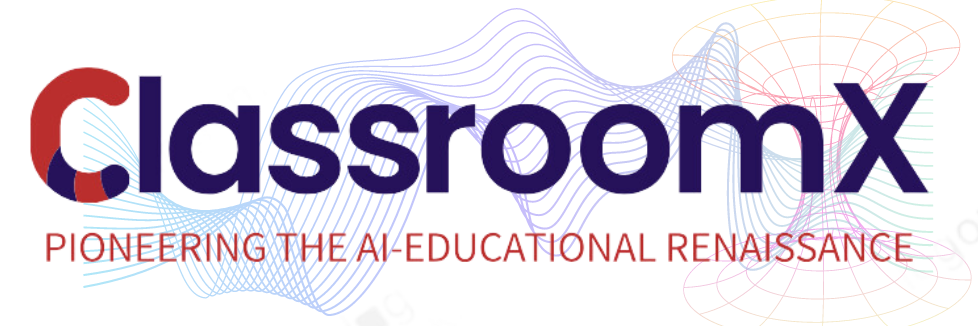Education systems worldwide are upgrading classrooms with cutting-edge technology to engage digitally native students and enrich teaching methodologies. From interactive displays to AI-driven software, “smart classrooms” aim to create immersive, tech-enabled learning with data-driven instruction.
Creating Future-Ready Learning Environments
But this transformation requires more than just installing gadgets. The human aspects of effective teaching and the ethos of schools need to evolve in tandem. When designed holistically focusing on pedagogy and environment, smart classrooms can bridge the gap between formal curriculums and informal digital learning.
*Smart classrooms facilitate seamless integration of educational technology and traditional pedagogy*
## Core Ingredients of Smart Classrooms
Smart classrooms provide digitally-connected, agile environments tailored for enriched teaching and collaboration. Here are some of their key aspects:
### Ubiquitous High-Speed Connectivity
Seamless wireless networking enables the use of digital devices without interruptions. Students and teachers can access online resources, content repositories, collaborate in real-time on the cloud, without connectivity bottlenecks.
### Interactive Displays
Large touch-screen LED panels, smart glass boards, and digital whiteboards allow groups of students to visualize concepts together. Content can be digitally annotated or manipulated, driving active participation.
### Multi-media Tools
Built-in projectors, surround-sound systems, and media players enable teachers to present immersive content-rich lessons. Tapping into audio-visual methods boosts student engagement.
### Responsive Learning Apps
AI-enabled education apps react in real-time to student needs. Self-paced math programs adapt to knowledge levels. Chatbots answer questions instantly. Lecture pacing adapts based on class mastery.
### Educational Robotics
Smart robots help teach programming skills, provide individualized lessons, and make learning interactive via quizzes, games, and feedback. They bring an element of fun and surprise.
### VR/AR Content
Immersive simulations via virtual reality and augmented reality tools help students visualize complex concepts vividly. They provide safe environments to practice skills like public speaking or surgery.
### Automated Administration
Smart chip-enabled ID cards, facial recognition, and IR sensors enable automated attendance marking, movement tracking, and inventory management. Teachers gain analytics into participation.
### Environmental Control
In-built sensors monitor ambient parameters like lighting, air quality, noise levels to keep conditions optimized for focus and energy. Centralized
### Flexible Infrastructure
Modular furniture, movable partitions, and multiple projection surfaces allow rapid reconfiguration of spaces to suit multiple learning modes – from immersive solo experiences to collaborative group work.
control systems allow easy adjustments.
Here are some key focus areas for professional development:
- Integrating Technology Seamlessly
- Thinking Blended
- Design Thinking
- Assessing Effectiveness
- Cultivating Digital Citizenship
- Adopting Agile Teaching Mindsets
- Addressing Device Distractions
- NIST and CMMC compliant cybersecurity stack
Smart Classroom Solutions by Classroomx.co
Classroomx.co offers end-to-end smart classroom technologies built specifically for education institutions. Our solutions create digitally immersive learning environments while making school administration efficient.
Discover how Classroomx.co can make your learning spaces future-ready. Get in touch with our experts or schedule a demo of our end-to-end smart classroom solutions.
